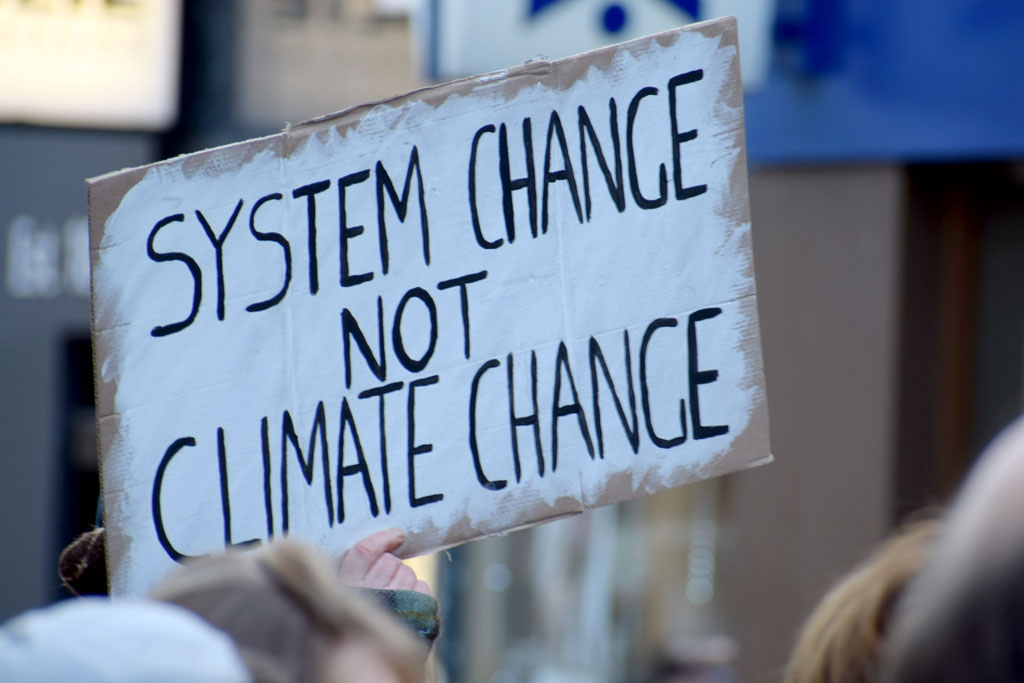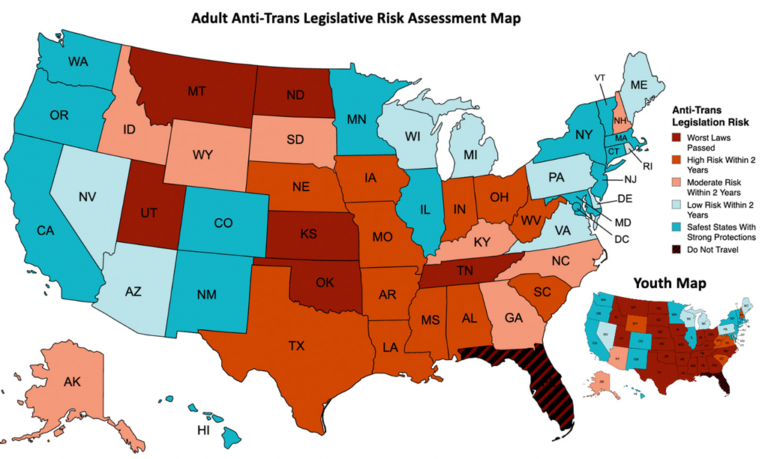Finally, a commitment to mitigate climate change and its effects


On Wednesday August 10, AAG alerted its U.S. members to urge our representatives to pass the Inflation Reduction Act, a bill that promised the most major investment in climate action that the United States has ever made. On August 16, 2022, President Biden signed that bill into law. It is being hailed as “the most ambitious climate bill in United States history.” This law has been a long time coming, is different in many ways from the original Build Back Better Bill and has a number of controversial elements that can and should be debated. As its name suggests, it is more broadly focused than climate change but, of relevance to our society is that it provides $369 billion in funding to mitigate climate change and its effects. The Act offers a multi-level approach to solutions, employing both science and technology. Its incentives, on the one hand, are designed to encourage companies to produce more renewable energy; and on the other, the rebates and credits are intended to help individuals to take advantage of these greener energy sources.
What does the Act provide?
An important aspect of this Act is that its provisions target actions that can have rapid results, significant reduction of emissions over a short time period. Princeton’s REPEAT Project’s Preliminary Report suggests that the provisions of the Inflation Reduction Act will put the United States on track to reduce its greenhouse gas (GHG) emissions to roughly 40 percent below 2005 levels by 2030, i.e within the next eight years. More concretely, cumulative GHG emissions will be reduced by about 6.3 billion tons over the next decade, i.e through 2032. Such a reduction will have a significant impact on global atmospheric GHG concentrations since the United States is the second largest emitter of carbon dioxide in the world, having been outstripped by China in recent years.
Mitigation of climate change depends heavily on the reduction of emissions from fossil fuel-based energy use. However, we need energy to survive in this world that we have constructed. This means that as we reduce our dependence on fossil fuels, we must look to alternative energy sources. The Inflation Reduction Act provides support for this transition. Specifically, this Act provides incentives for clean technology manufacturing to deploy more solar, wind, and batteries on the grid, extending existing credits another 10 years. It also provides tax credits for individuals for clean household choices such as heat pumps and solar power, as well as significant tax breaks for purchasing electric vehicles, making electric vehicles more accessible for the middle- and lower-income population. It provides funding for forest resilience, water, and habitat projects, aimed at stemming the loss of important sources of carbon sequestration.
Addressing Environmental Justice
Climate change affects everyone for sure, but it does not affect everyone equally. It bears repeating that low-income communities and communities of color are disproportionately affected. These are people who have contributed very little to the factors that have spurred climate change and do not share in the spoils of industry, but their communities are polluted and depressed by the industries that rely heavily on fossil fuels and they are the most likely to be most adversely affected by climate change impacts. Any action to mitigate the effects of climate change must offer solutions that are centered on the needs of these communities, and they must involve the communities in creating these solutions. The Inflation Reduction Act provides billions for environmental justice actions, including $27 billion for a new Greenhouse Gas Reduction Fund to support clean projects in low-income communities and communities of color that are hardest hit by climate change; plus, a new $3 billion block grant program for neighborhood access and equity for community groups, tribes, and local or state governments; and $3 billion directed toward reconnecting communities that were divided by highways. However, the Act contains compromises that may result in worsening of the conditions under which racially and economically disadvantaged communities currently live, thereby negating its potentially positive aspects.
Is this Act sufficient?
With good reason, a question being hotly debated is — Is the Act sufficient? Clearly, it isn’t. First, its potential impact on GHG emissions (40% reduction) while significant and desirable falls short of the President’s 2021 pledge of a 50% reduction over 2005 levels by 2030. Second, and not necessarily secondary in importance, the Act contains compromises that weaken the potential of its environmental justice actions. This Act, while not perfect, is a start. It represents a significant commitment of resources from the government, and an opportunity for action.
The path of climate change mitigation is long and complex. We did not wake up overnight to find that the climate has changed. No: by our actions, we (noting that this “we” does not include the communities that have contributed little to climate change) systematically set the agents of climate change into motion over a long period of time and the damage is severe. But all is not lost. We have the technology, the resources and the will to slow that change and give us a chance to develop some resilience. However, it is going to take time and it will involve a variety of approaches.
This Act provides resources for us to do some of that work and gives us at least a start. We now must make sure that those aspects of the Inflation Reduction Act that address the mitigation of climate change and its effects are activated. And it is of paramount importance that we seek any opportunity to ensure that the needs of the most vulnerable and the worst affected among us are addressed, and that their contributions form part of the solutions. The work of climate justice is not done. The momentum that we will inevitably gain from those actions can be used to agitate/advocate for more efforts to combat climate change. Forty percent reduction is a good start, but further reduction is needed.
One last word
Transitioning from fossil fuel energy to green energy sources facilitated by the Inflation Reduction Act will reduce GHG emission no question, but it will not solve all of our environmental problems, including that of climate change. Ultimately, in order to reduce our environmental impact, we have to reduce our dependence on energy. Here is where the triplet — Reduce, Reuse, Recycle — becomes relevant. We pay a lot of attention to Recycle, and we should. Reduce and Reuse get short shrift by comparison. I would argue that we should first pay attention to Reduce, there is a good reason why it is the first word of the triplet. We should consider how much we consume in order to determine what changes we have to make individually and then devise ways in which we can act to reduce our dependence on materials that require energy use for production.
DOI: 10.14433/2017.0117
Please note: The ideas expressed in the AAG President’s column are not necessarily the views of the AAG as a whole. This column is traditionally a space in which the president may talk about their views or focus during their tenure as president of AAG, or spotlight their areas of professional work. Please feel free to email the president directly at raphael [at] geog [dot] ucla [dot] edu to enable a constructive discussion.


